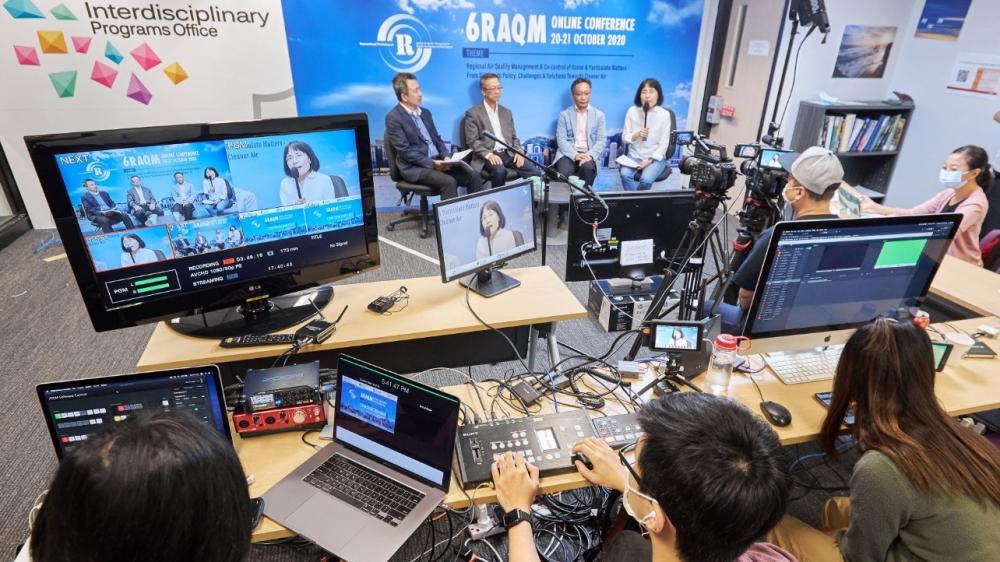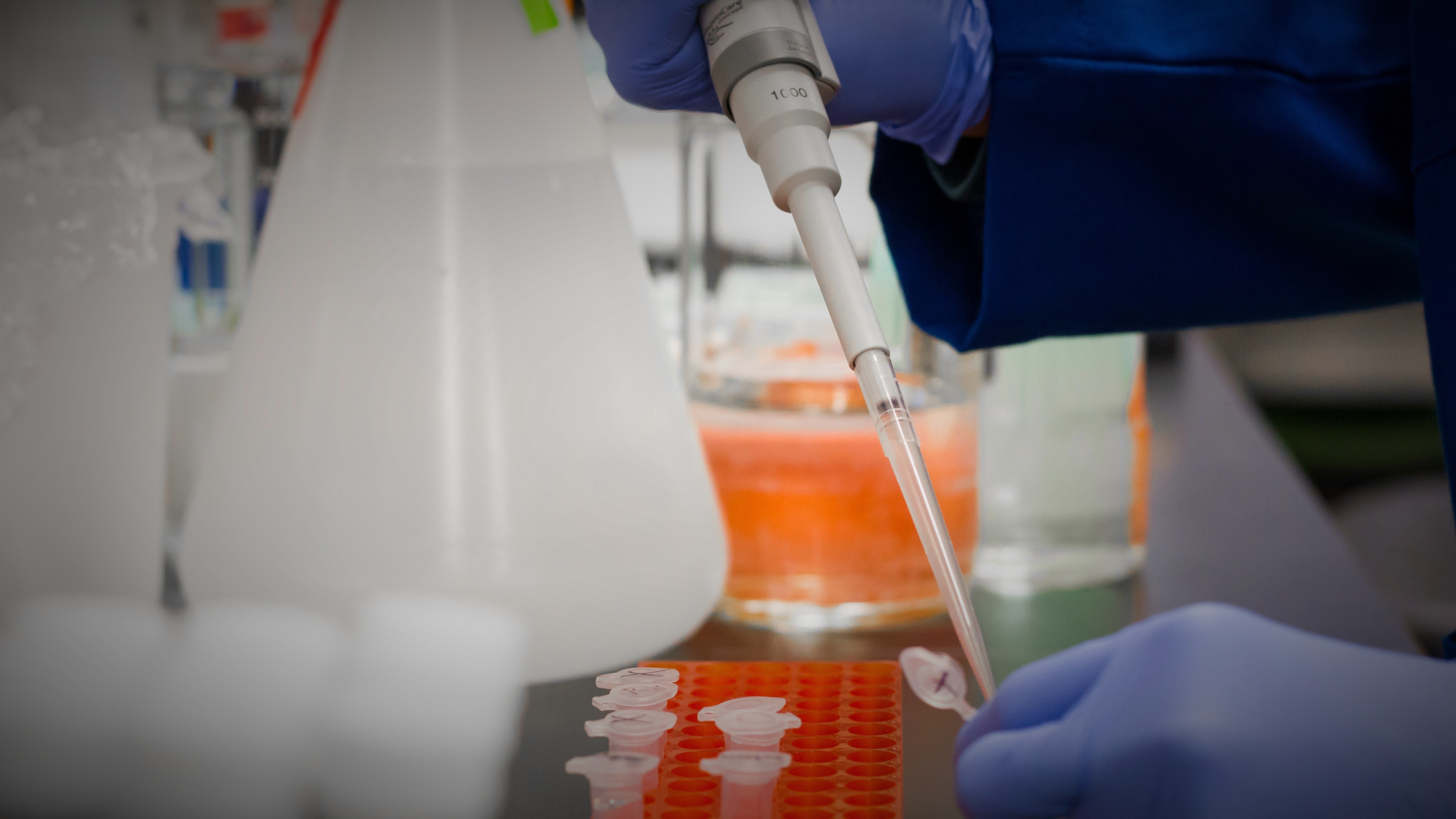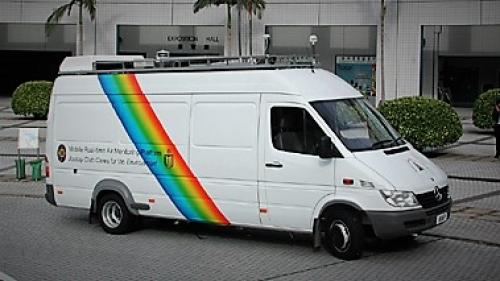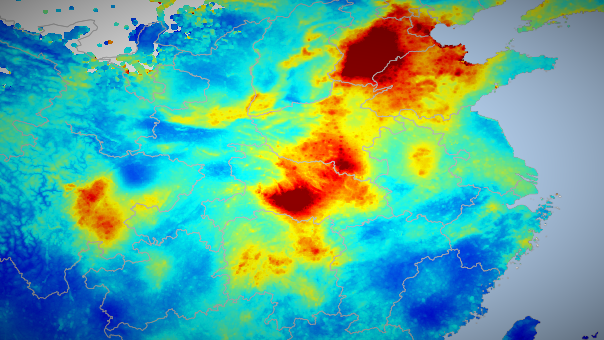Clearing the Air
In recent years, air quality over Hong Kong and the neighboring region has deteriorated to an unacceptable level, with haze and smog a frequent and visible reminder of this. The problems faced in Hong Kong are also being repeated all over China and in other developing nations.

Greater understanding of these environmental issues and the delivery of innovative solutions have therefore become vital concerns and effective efforts to help improve air quality will have a direct impact not only on Hong Kong, but internationally.
As one of the core research areas of HKUST’s Institute for the Environment (IENV), HKUST researchers seek to make their contribution to a cleaner world through significant findings and recommendations that forge change.
IENV is uniquely positioned to accomplish this important task. Looking across the entire air quality problem, HKUST possesses the most comprehensive capacity within Hong Kong and the Pearl River Delta to move knowledge forward. This capability includes measurement, chemical and physical analyses, modeling, control methodologies, impact and policy studies. Collaboration with other institutions and organizations in areas such as health and policy add further to the range and breadth of our work.
With an integrated research approach that maximizes specializations, interdisciplinary creates an exciting opportunity to clear the air. We look forward to taking Hong Kong, the region, and beyond, into a brighter future.
Fresh Directions
Air quality research at IENV covers a range of important areas that provide new discoveries and technological developments, and support the formulation of effective air quality management strategies. These include:
- Characterization of air pollutants
- Analysis and modeling of air pollution
- Air quality, noise management and mitigation
- Air pollution abatement/treatment
- Weather and climate
Frontier Research
Studying the sources, fate, and health and environmental impact of air pollutants via a combination of techniques:
- In-situ field and remote-sensing measurements of physical, chemical and biological properties of air pollutants
- Analyses and modeling of their transport and chemical transformation
- Controlled experiments for understanding their formation, transformation and impact
- Novel technology for the abatement of air pollutants, noise, and control of infectious aerosols; self-cleaning materials for deodorization and disinfection
![]()
Research in the Area

Pinpointing Air Quality
People’s attention is captured most effectively by issues affecting their own neighborhood. However, such localized information about air quality used to be unavailable in Hong Kong – or anywhere else. HKUST’s cutting-edge Satellite Informatics System has now changed that. Based on satellite remote-sensing data, faculty members have developed algorithms to calculate surface particulate matter distribution with resolution down to 1km, enabling better air-quality assessments and more informed management strategies.

Fingerprinting pollutants
The pollutants from different emission sources have different chemical characteristics. Hence, the chemical composition of ambient pollutants provides very important information about the relative contribution of different emission sources. We have developed advance analytical capabilities for molecular tracers to help identify the different emission sources. This analytical expertise allows us to apportion major emission sources and better understand the environment and health impact of air pollutants.

On the Move
MAP is a state-of-the-art mobile air pollution monitoring platform, developed at HKUST and designed to conduct continuous measurements while in motion. Benefits include the provision of high-quality, high-intensity data even in places that are usually hard to access, such as tunnels and bus depots. It also offers an ideal educational platform and regularly visits secondary schools in Hong Kong to promote science education and environmental awareness.

Atmospheric Modeling
HKUST-IENV has comprehensive expertise and experience in the full range of atmospheric models at different spatial scales, including weather predication model MM5/WRF, air-quality model CMAQ, diagnostic model CALMET, street-canyon traffic dispersion model ADMS and computational fluid dynamics model FLUENT. These models assist characterization and understanding of multi-scale interactions among different atmospheric processes. Utilizing such models, HKUST established the first university-based real-time numerical weather prediction system in Asia in 1997, the Air Pollution Index (API) forecast system for the HKEPD in 1999, and a high-resolution wind energy resource atlas for Hong Kong in 2005.

Personal Exposure Management System
HKUST-IENV has been developing an innovative mobile app to help users manage and reduce personal exposure to air pollutants. The interactive app is powered by the Personalized Real-Time Air Quality Informatics System for Exposure – Hong Kong (PRAISE-HK) that combines state-of-the-art sensor technologies, big data, air quality modelling systems, and exposure science to effectively analyse and forecast the air quality in Hong Kong down to the street level. With the PRAISE-HK mobile app, users will gain convenient access to real-time, location specific air pollution information at neighborhood levels.

World-class VOC lab
Regional air pollution and global climate change are critical challenges to the whole human society, and impact profoundly on economy and lives of human beings. The increasing ground-level ozone are the rising challenges for scientists and policy-makers. Yet, one of most important uncertainties in the relevant researches depends on the accuracy of the source estimations on major air pollutants and their precursors. IENV is aiming to integrate laboratory, outfield, airborne and satellite observations to quantitatively estimate multi-scale Volatile Organic Compounds (VOCs) and Nitrogen Oxides (NOx) emissions, and to investigate their impacts with numerical modeling. The research output will help generate profound impact on formulating effective control policy - especially for ozone - yet the complicated and difficult one to be controlled.
![]()
Major Events
21 Jun 2019 - PRAISE-HK launching ceremony & Smart City Forum
15 Apr 2019 - Global Conversation: Can Big Data Save Lives? Protecting Hong Kong Against Air Pollution and Extreme Weather
19 Jul 2018 - Measurement and Modeling of Onroad Vehicle Air Pollutant Emissions and Exposure
13 Jul 2018 - Urban air quality modelling with ADMS-Urban – Optimising model performance
20 Nov 2017 - RAQM-5 Hong Kong Forum: Opportunities in the Greater Bay Area – Regional Collaboration & Exposure Management Breakthrough
11 Sep 2017 - Getting Clean Air in Los Angeles, Hong Kong, and China
29 May 2017 - Evidence-based Policy-Marketing in Hong Kong: The Case of Controlling Ship Emissions